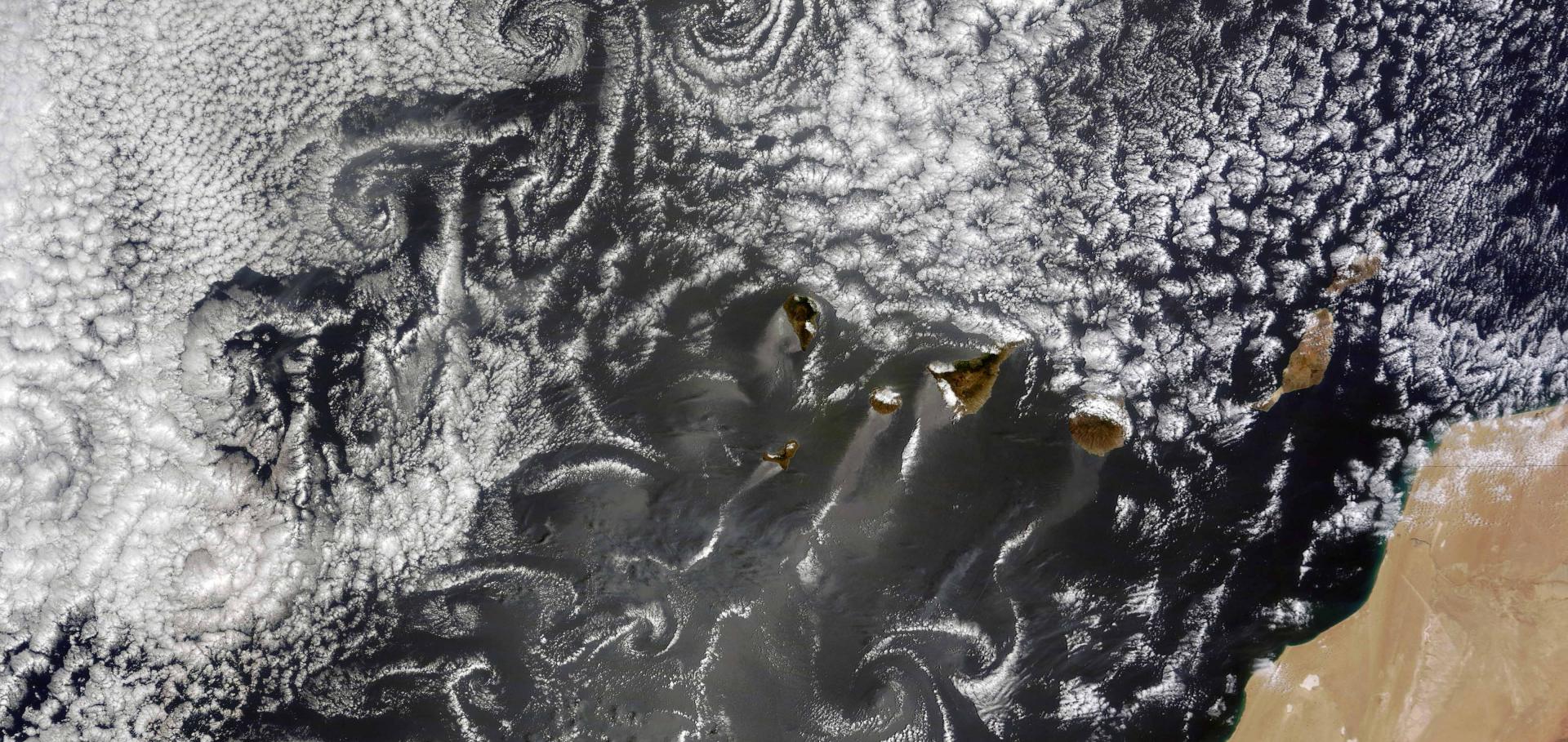The Diurnal Cycle of the Cloud Radiative Effect of Deep Convective Clouds over Africa from a Lagrangian Perspective
Reducing aerosol forcing uncertainty by combining models with satellite and within-the-atmosphere observations: a three-way street
Abstract:
Aerosol forcing uncertainty represents the largest climate forcing uncertainty overall. Its magnitude has remained virtually undiminished over the past 20 years despite considerable advances in understanding most of the key contributing elements. Recent work has produced modest increases only in the confidence of the uncertainty estimate itself. This review summarizes the contributions toward reducing the uncertainty in the aerosol forcing of climate made by satellite observations, measurements taken within the atmosphere, as well as modeling and data assimilation. We adopt a more measurement-oriented perspective than most reviews of the subject in assessing the strengths and limitations of each; gaps and possible ways to fill them are considered. Currently planned programs supporting advanced, global-scale satellite and surface-based aerosol, cloud, and precursor gas observations, climate modeling, and intensive field campaigns aimed at characterizing the underlying physical and chemical processes involved, are all essential. But in addition, new efforts are needed: (1) to obtain systematic aircraft in situ measurements capturing the multi-variate probability distribution functions of particle optical, microphysical, and chemical properties (and associated uncertainty estimates), as well as co-variability with meteorology, for the major aerosol airmass types; (2) to conceive, develop, and implement a suborbital (aircraft plus surface-based) program aimed at systematically quantifying the cloud-scale microphysics, cloud optical properties, and cloud related vertical velocities associated with aerosol-cloud interactions; and (3) to focus much more research on integrating the unique contributions satellite observations, suborbital measurements, and modeling, in order to reduce the uncertainty in aerosol climate forcing.Satellite observations of smoke–cloud–radiation interactions over the Amazon rainforest
Abstract:
The Amazon rainforest routinely experiences intense and long-lived biomass burning events that result in smoke plumes that cover vast regions. The spatial and temporal extent of the plumes and the complex pathways through which they interact with the atmosphere have proved challenging to measure for purposes of gaining a representative understanding of smoke impacts on the Amazonian atmosphere. In this study, we use multiple collocated satellite sensors on board AQUA and TERRA platforms to study the underlying smoke–cloud–radiation interactions during the diurnal cycle. An 18-year time series for both morning and afternoon overpasses is constructed, providing collocated measurements of aerosol optical depth (AOD; column-integrated aerosol extinction), cloud properties, top-of-atmosphere radiative fluxes, precipitation, and column water vapour content from independent sources.The long-term time series reduces the impact of interannual variability and provides robust evidence that smoke significantly modifies the Amazonian atmosphere. Low loadings of smoke (AOD ≤ 0.4) enhance convective activity, cloudiness, and precipitation, but higher loadings (AOD > 0.4) strongly suppress afternoon convection and promote low-level cloud occurrence. Accumulated precipitation increases with convective activity but remains elevated under high smoke loadings, suggesting fewer but more intense convective cells. Contrasting morning and afternoon cloud responses to smoke are observed, in line with recent simulations. Observations of top-of-atmosphere radiative fluxes support the findings and show that the response of low-level cloud properties and cirrus coverage to smoke results in a pronounced and consistent increase in top-of-atmosphere outgoing radiation (cooling) of up to 50 W m−2 for an AOD perturbation of +1.0.
The results demonstrate that smoke strongly modifies the atmosphere over the Amazon via widespread changes to the cloud field properties. Rapid adjustments work alongside instantaneous radiative effects to drive a stronger cooling effect from smoke than previously thought, whilst contrasting morning and afternoon responses of liquid and ice water paths highlight a potential method for constraining aerosol impacts on climate. Increased drought susceptibility, land use change, and deforestation will have important and widespread impacts on the region over the coming decades. Based on this analysis, we anticipate that further increases in anthropogenic fire activity will associated with an overall reduction in regional precipitation and a negative forcing (cooling) on the Earth's energy budget.
The impact of a land-sea contrast on convective aggregation in radiative-convective equilibrium
Abstract:
Convective aggregation is an important atmospheric phenomenon which frequently occurs in idealized models in radiative-convective equilibrium (RCE), where the effects of land, rotation, sea surface temperature gradients, and the diurnal cycle are often removed. This aggregation is often triggered and maintained by self-generated radiatively driven circulations, for which longwave feedbacks are essential. Many questions remain over how important the driving processes of aggregation in idealized models are in the real atmosphere. We approach this question by adding a continentally sized, idealized tropical rainforest island into an RCE model to investigate how land-sea contrasts impact convective aggregation and its mechanisms. We show that convection preferentially forms over the island persistently in our simulation. This is forced by a large-scale, thermally driven circulation. First, a sea-breeze circulation is triggered by the land-sea thermal contrast, driven by surface sensible heating. This sea-breeze circulation triggers convection which then generates longwave heating anomalies. Through mechanism denial tests we find that removing the longwave feedbacks reduces the large-scale effects of aggregation but does not prevent aggregation from occurring, and thus we highlight there must be another process aiding the aggregation of convection. We also show, by varying the island size, that the aggregated convective cluster appears to have a maximum spatial extent of O(10,000 km). These results highlight that the mechanisms of idealized aggregation remain relevant when land is included in the model, and therefore these mechanisms could help us understand convective organization in the real world.


